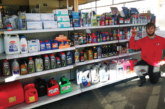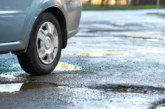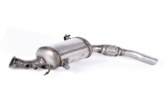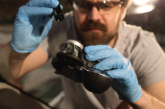Graham O’Neill, CEO of ACIS, argues that small to medium area repair technology (SMART) is the way forward for factors.
Many motor factors understand that the traditional model of distributing motor parts is completely different to that for paint and bodyshop consumables.
If a bodyshop has a Vauxhall Corsa that requires a new clutch by the following day in order to allow a repair, the technician can make the calls for that specific part in order to get the car on the ramp and completed. The choice of which factor secures the business for that clutch is driven by the economics of supply and demand, cost and availability.
With paint, the process is less specific, yet more complex, as the bodyshop will not usually order paint and refinish products for one individual job – rather they will mix the individual colour themselves from a range of tinters that they will keep in stock. This means that the ordering and replacement of paint and refinish products stock is fundamentally different to that for car parts.
This is where organisations such as ACIS specialise, as it claims to offer bodyshops greater profitability in terms of stock control and reduce waste and loss right down to the operative level.
ASCRIBE, the company’s online stock management technology, is said to offer complete transparency as to who is using what materials and in what quantities, which transforms what was a black art into an exact science.
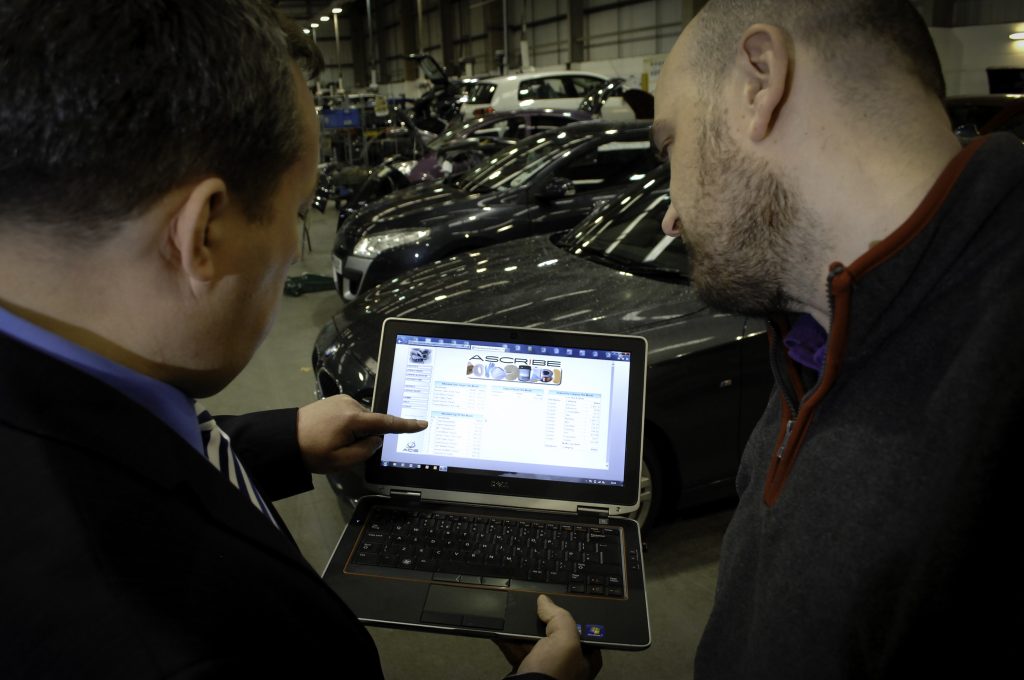
Real benefits
ACIS says that where factors may however see real benefit is through SMART (small to medium area repair technology). This cosmetic surgery on vehicles is driving added value changes through the bodyshops and service teams. It is a form of the ‘less is more’ approach – the ability to carry out minor, non-insurance repairs while a car is in the garage for a routine service or having its new clutch fitted.
The technician usually looks over the car in advance with the customer to make sure there is no damage during the work, which presents the perfect time to point out superficial damage that could benefit from SMART.
Recent research suggested that shops, on average, service 20 cars a day and find that:
• 40% will have alloy wheel damage;
• 30% will have bodywork scuffs;
• 20% will have some form of bumper damage;
• 10% will have windscreen chips or cracks;
• 5% require interior repair.
SMART is said to be able to remove everything from chips and scuffs from bodywork, windscreens and alloy wheels to invisible plastic bumper repairs, and interior dashboard and leather upholstery repairs, enabling the vehicle to once again look as it did in the showroom.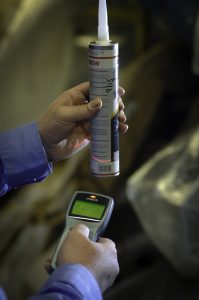
Return on investment
Investment in SMART equipment not only delivers a rapid ROI, but has a dramatic impact upon gross profits, after labour costs, according to the company.
The range of SMART products available from ACIS includes everything from specialist repair materials such as textured paint products, to paintless dent removal tools and upholstery repair materials, offering vehicles with minor or cosmetic damage a new lease of life.
Customers value the attention to detail, which they recognise as a low-cost, but valuable repair. In terms of fleet cars still on the road, such work can also dramatically reduce the end of lease cost to the business and the repairs help with residual value.
Businesses such as ACIS, that have a national network infrastructure, recognise the massive opportunity for repairers and bodyshops created by SMART repair.
ACIS says that factors that provide the replenishment of SMART technology can also create added value and revenue streams and boost profits, while at the same time helping to establish even higher levels of customer satisfaction and loyalty.


